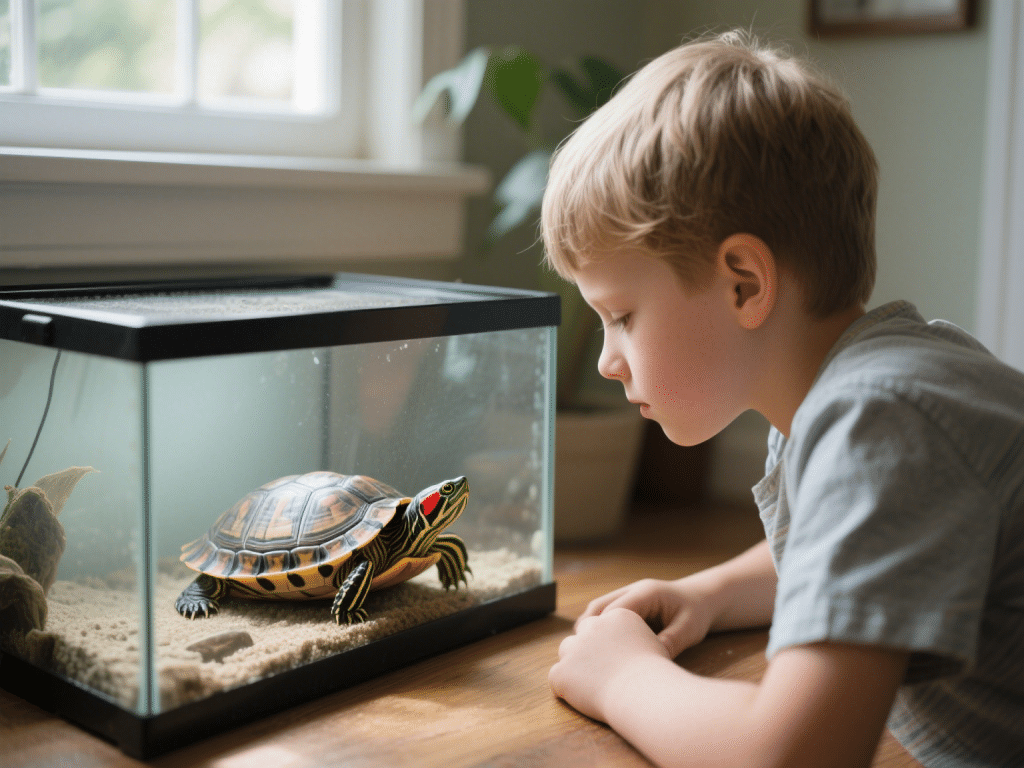
Proper UVB exposure is essential for pet turtles to synthesize vitamin D₃, metabolize calcium, and maintain shell strength. Yet many hobbyists struggle to provide consistent, aquarium-safe lighting. As a herpetological consultant with over a decade of reptile-care publications, I’ll walk you through the science and practical steps to install an effective UVB lighting system your shelled friends will thrive under.
Why UVB Matters for Turtles
Vitamin D₃ synthesis: Converts precursors for calcium absorption.
Shell development: Prevents metabolic bone disease (MBD).
Immune support: UVB promotes overall health and disease resistance.
Choosing the Right UVB Bulb
Emitting Range: 290–320 nm UVB essential—ceramic metal halide or fluorescent tubes.
Output Strength:
High UVB (10–12%): For basking zones.
Moderate UVB (5%): For shaded areas.
Brand Recommendations: Zoo Med ReptiSun 10.0; Arcadia T5 High Output.
Tank Setup & Positioning
Basking Platform:
Position directly under UVB, 10–12 in (25–30 cm) from bulb.
Use non-toxic, UV-transparent materials (e.g., acrylic).
Ambient Flow:
Ensure water surface ripples to facilitate UVB penetration.
Replace bulbs every 6–9 months—output declines even if light remains bright.
Day/Night Cycle:
12 hours on, 12 hours off using digital timers.
Provide a cooler shaded area for thermoregulation.
Monitoring & Maintenance
UVB Meter: Measure microW/cm² weekly (ideal basking zone: 100–150 µW/cm²).
Replace UVB bulbs: On schedule—UVB drops off long before visible brightness fades.
Spot-clean lenses or protective covers: Dust reduces UVB transmission.
Troubleshooting Common Issues
Shell Softness or Pyramiding: Often indicates insufficient UVB/calcium.
Refusal to Basking: Check temperature gradient (basking at 90–95 °F).
Excess Green Algae Growth: May signal overexposure—reduce photoperiod or increase water depth.
Conclusion
An optimized UVB setup is the cornerstone of robust turtle health. By selecting the correct bulb, maintaining precise distances, and monitoring output, you’ll foster proper shell development, strong bones, and an active, curious pet. With expert guidance and consistent care, your turtle can lead a long, vibrant life under your stewardship.

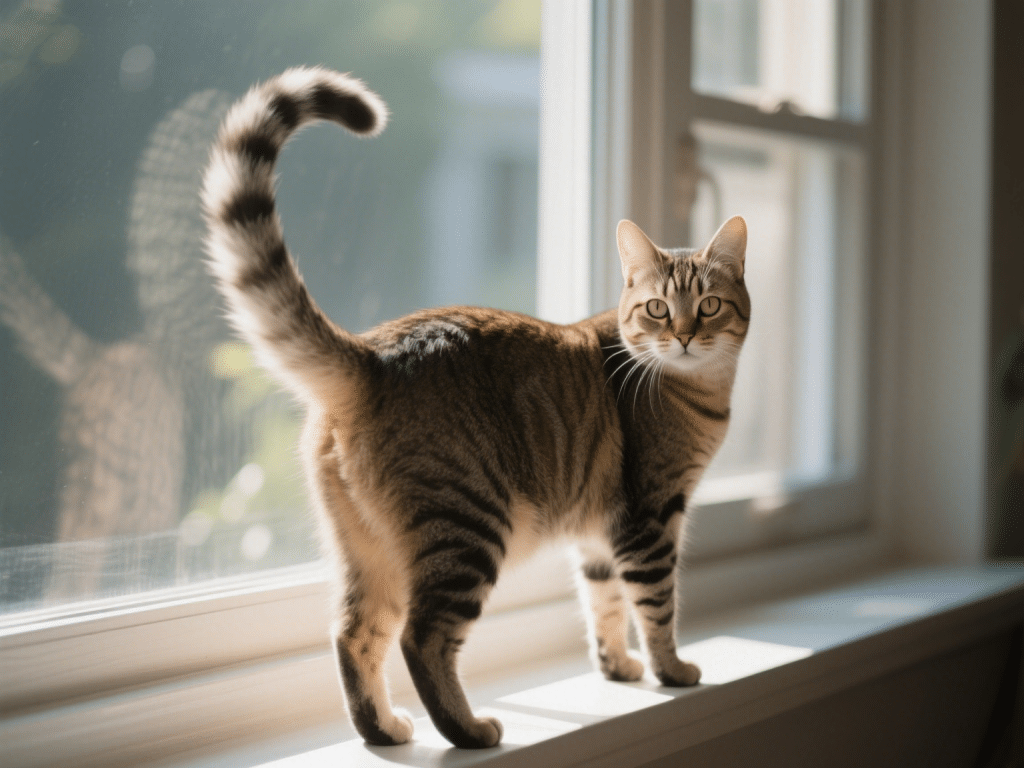
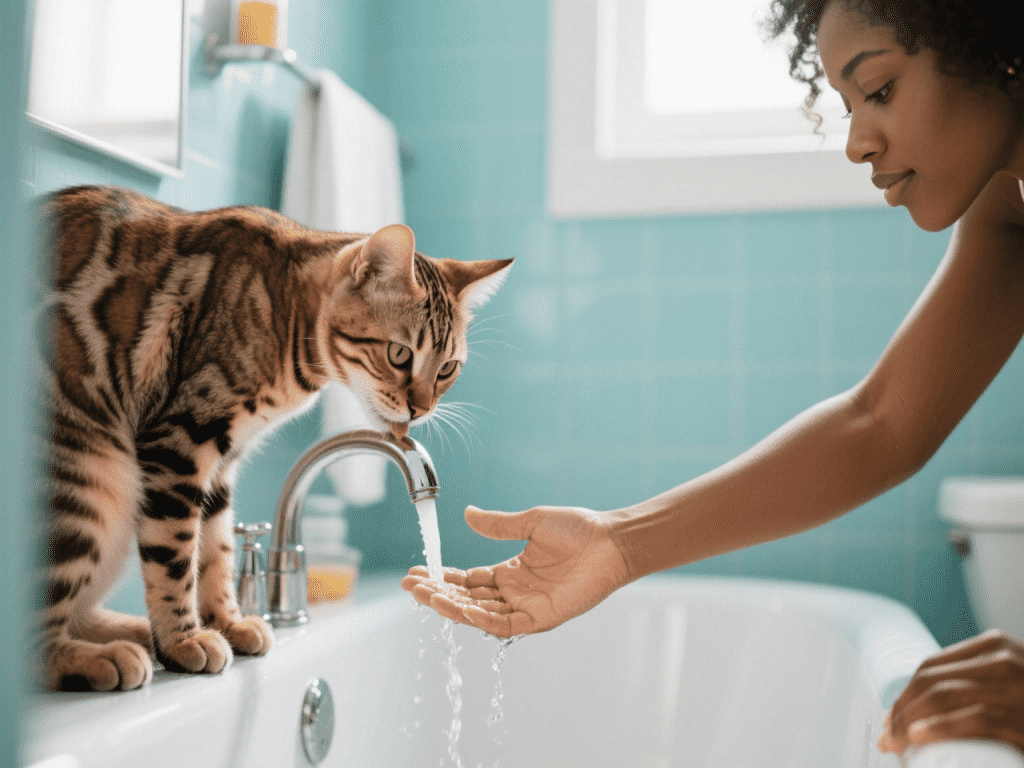
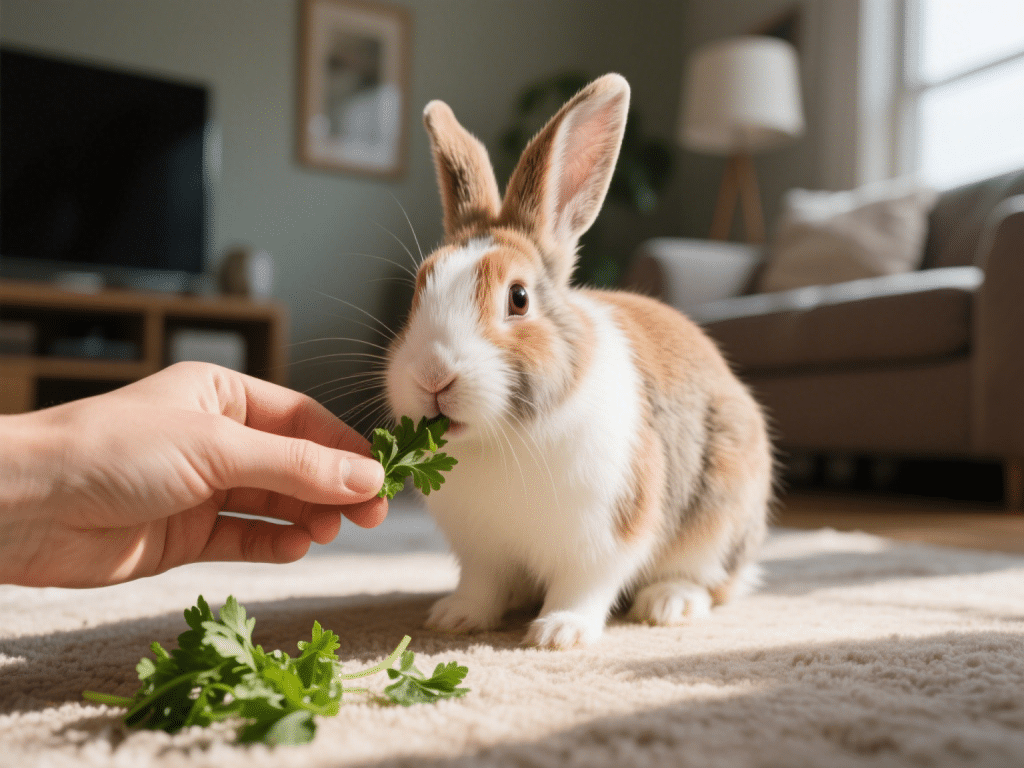
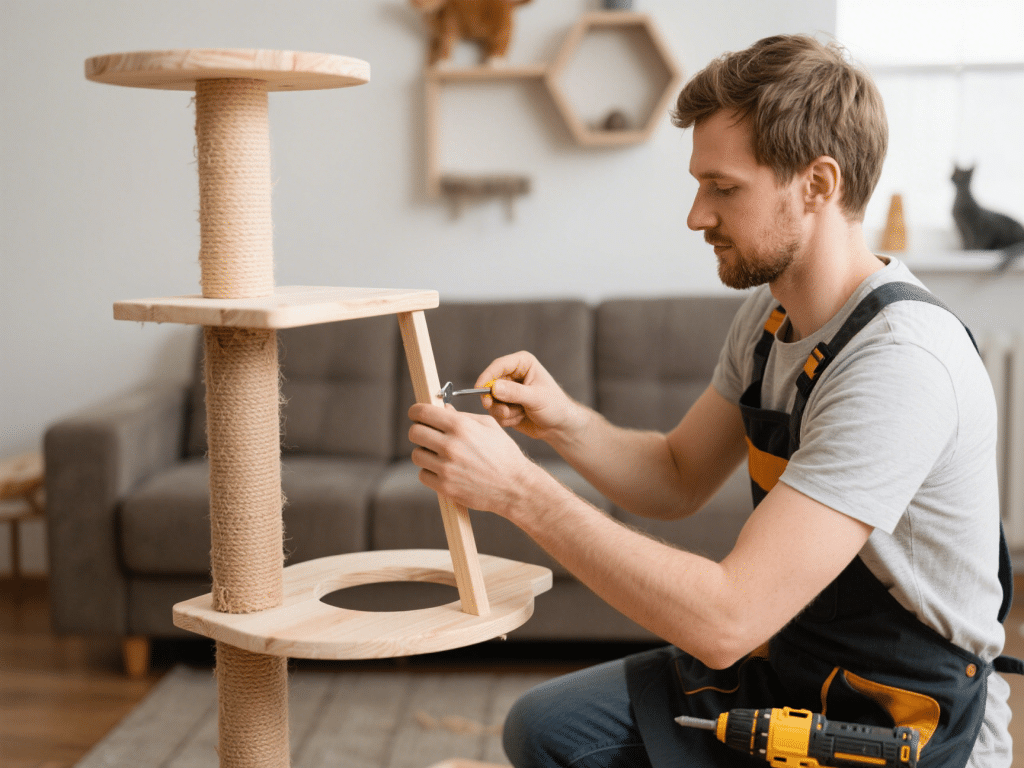
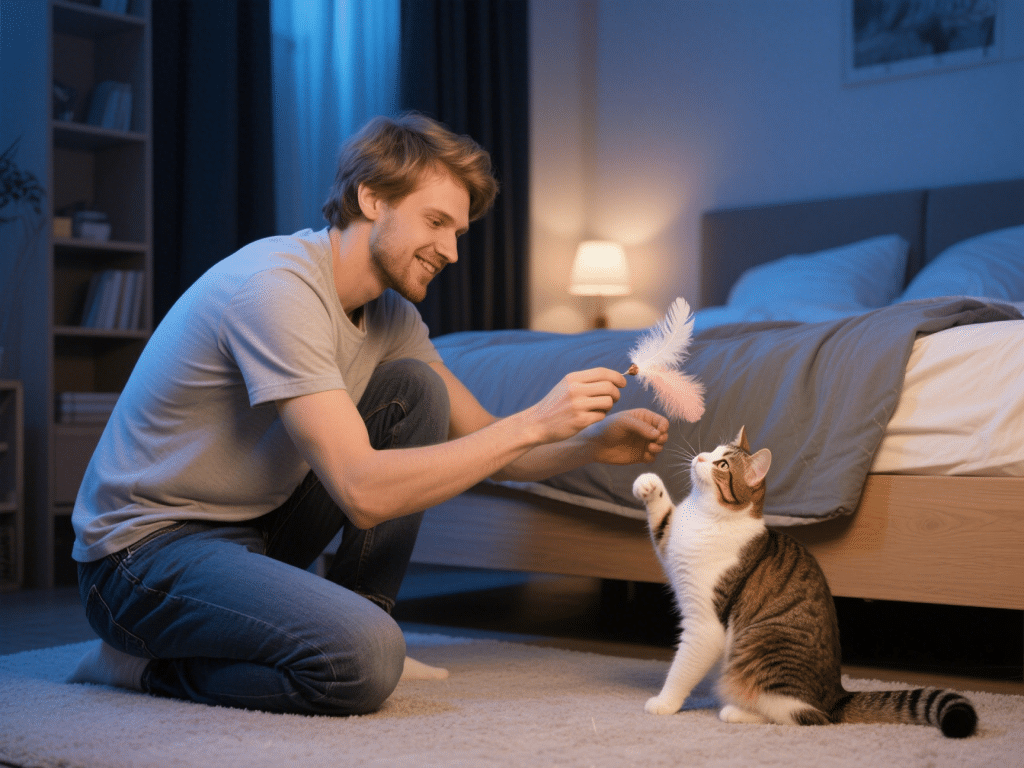


Comments on " Optimizing UVB Lighting for Pet Turtles: Health Benefits and Setup" :